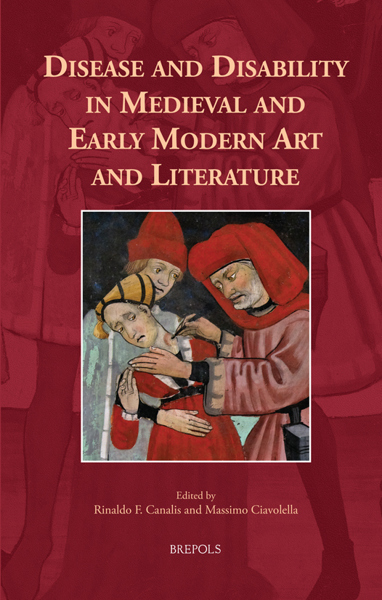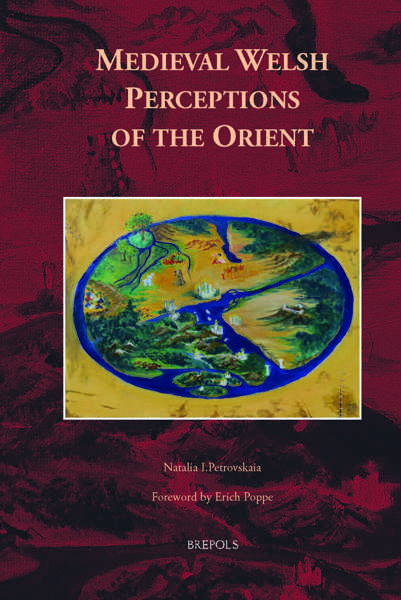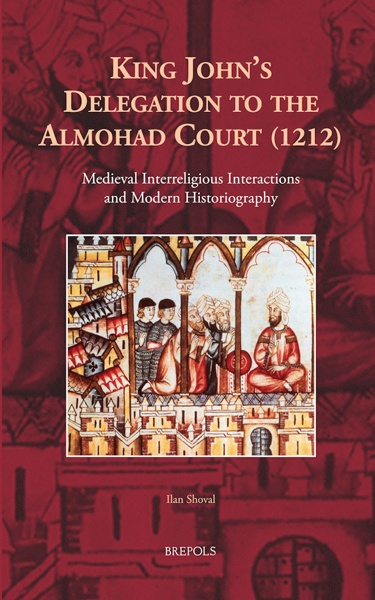
Medieval Welsh Perceptions of the Orient
Natalia I. Petrovskaia
- Pages: 241 p.
- Size:156 x 234 mm
- Illustrations:7 b/w, 5 col., 4 tables b/w.
- Language(s):English, Latin
- Publication Year:2015
- € 100,00 EXCL. VAT RETAIL PRICE
- ISBN: 978-2-503-55155-5
- Hardback
- Available
- € 100,00 EXCL. VAT RETAIL PRICE
- ISBN: 978-2-503-56065-6
- E-book
- Available
From the Foreword: 'Natalia Petrovskaia’s insightful and thought-provoking study is a significant and timely contribution to the scholarly literature on medieval engagements with the Orient. It shows that Wales, even though it may appear to have been located at the western margins of Europe, actively participated in the great intellectual, cultural, and religious discussions of the Middle Ages, and it also suggests an original interpretative framework of wider applicability for the analysis of medieval perceptions of the Orient.' --Erich Poppe, Professor of Celtic Studies, Philipps-Universitat Marburg, Germany
“This book will be welcome reading for those who work on the Crusades or the east in medieval literature, as it opens up the previously unexplored Welsh perspective on these areas of study, aligning it with that of other medieval European literary traditions.” (Lindy Brady, in The Medieval Review, 16.08.05)
"(…) this work delivers a fine exploration of the Western medieval construction of the Orient, (…). This volume makes a significant contribution to medieval Welsh literary scholarship." (Roderick McDonald, in Parergon, 33/2, 2016, p. 160)
“Dr. Petrovskaia’s study of Welsh Orientalism is ambitious and stimulating (…) it is a professional’s book: comprehensive, serious, substantial. It can be recommended warmly to all those (even the Welsh) concerned with medieval Wales’s perceptions of the East.” (Andrew Breeze, in Mediaevistik, 29, 2016, p. 455)
“There is both real achievement and real potential here” (John France, Revue Belge de Philologie et d’Histoire, 93, 2015, p. 901)
“A major advantage of the book (…) is the clarity of engagement with its source material, and the manuscript context of the texts is also treated with useful detail. For readers with little or no previous knowledge of the genres or of the wider context of medieval Welsh discourse, the study will be both a useful introduction and an engaging provocation to further study in Welsh literature, but equally in English, French, German, and others.” (Aled Llion Jones, in Renaissance Quarterly, 70/1, 2017, p. 326)
“Petrovskaia’s study has laid the necessary groundwork and will long remain an achievement of landmark importance to our still-developing understanding of the medieval Welsh imagination.” (Michael A. Faletra, in Speculum: A Journal of Medieval Studies, 94/3, 2019, p. 880)
This book introduces a new theoretical framework for the examination of medieval Western European perceptions of the Orient. Through the application of the medieval concept of translatio studii et imperii, it proposes the identification of three distinct conceptions of the Orient in medieval sources: Biblical, Classical, and Contemporary. Welsh textual material from the twelfth and thirteenth centuries is used as a case-study to develop and illustrate this theory.
This study brings historical sources to bear on previously unexplained literary phenomena and it examines the evolution of texts and ideas in the process of transmission and translation. The sources analysed here include vernacular and Latin texts produced in Wales, as well as material that has been translated into Welsh such as Imago mundi and legends about Charlemagne. It thus combines an important and much-needed account of the development of Welsh attitudes to the East with a unique analysis of Oriental references across an extensive literary corpus.
Foreword — ERICH POPPE
Acknowledgments
Introduction
Part I: Sources of Information
Chapter 1. Theory: Geography, translatio studii et imperii and the Three Orients
Chapter 2. Travel and Contact: Chronicle Evidence
Chapter 3. Legend: The Charlemagne Material in Wales
Conclusion to Part I
Part II: The Impact on Literature
Chapter 4. Speaking of India: Alexander, Culhwch, and Peredur
Chapter 5. Christians versus Pagans: Peredur and Owain in Strange Lands
Conclusion to Part II
Conclusion
Bibliography
Index




